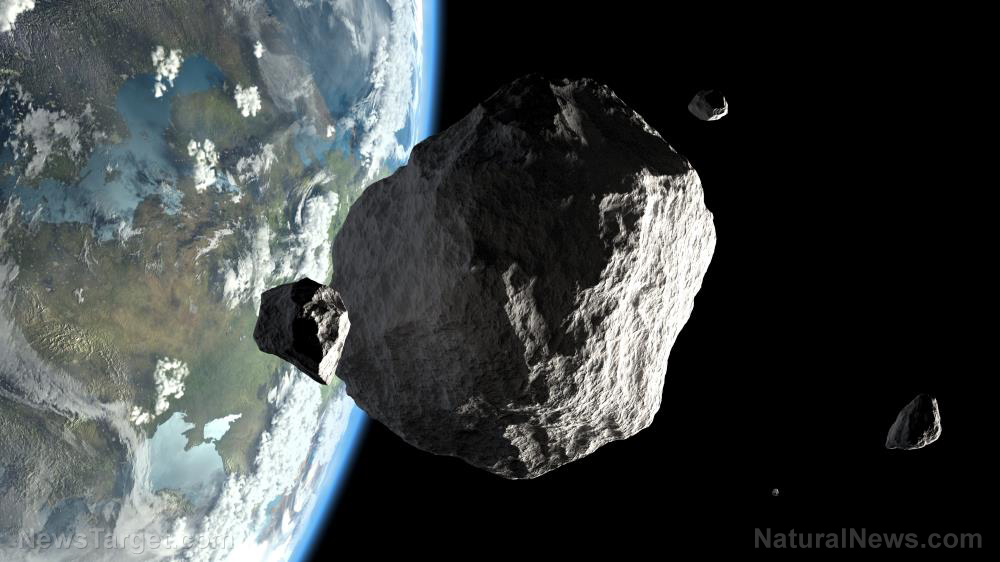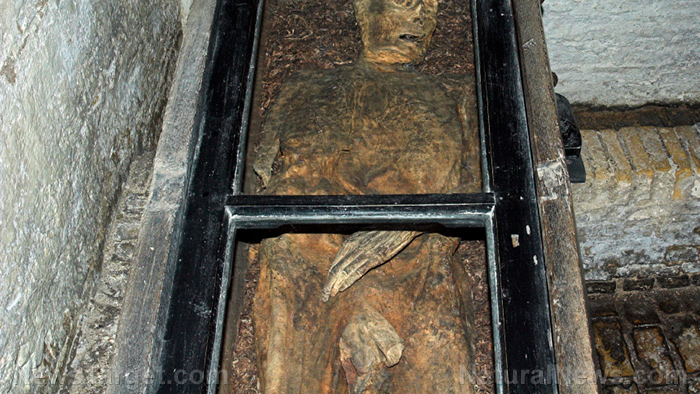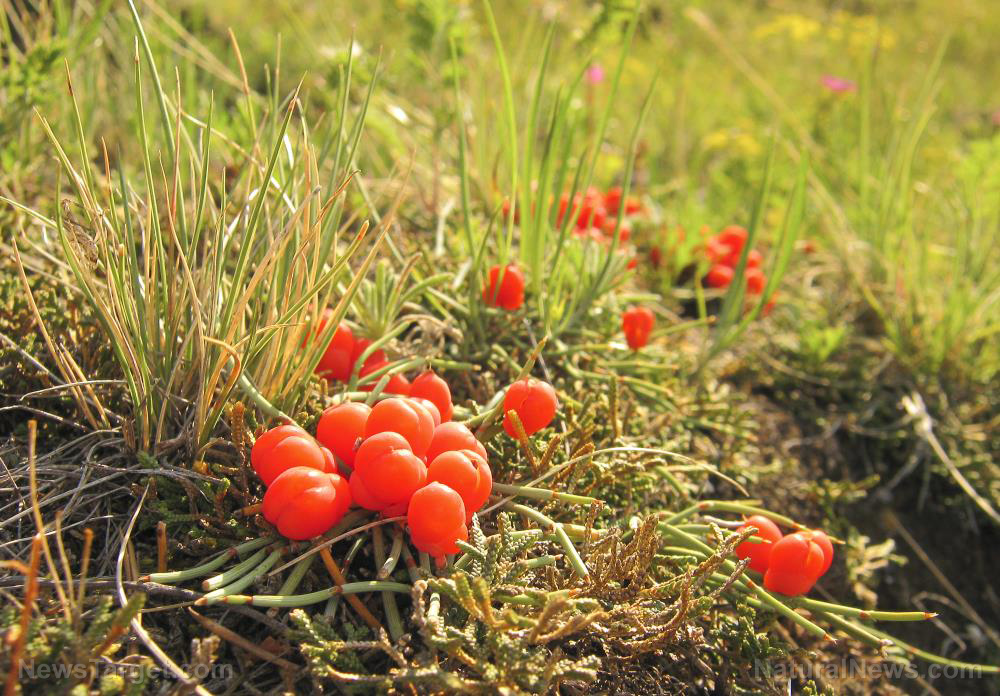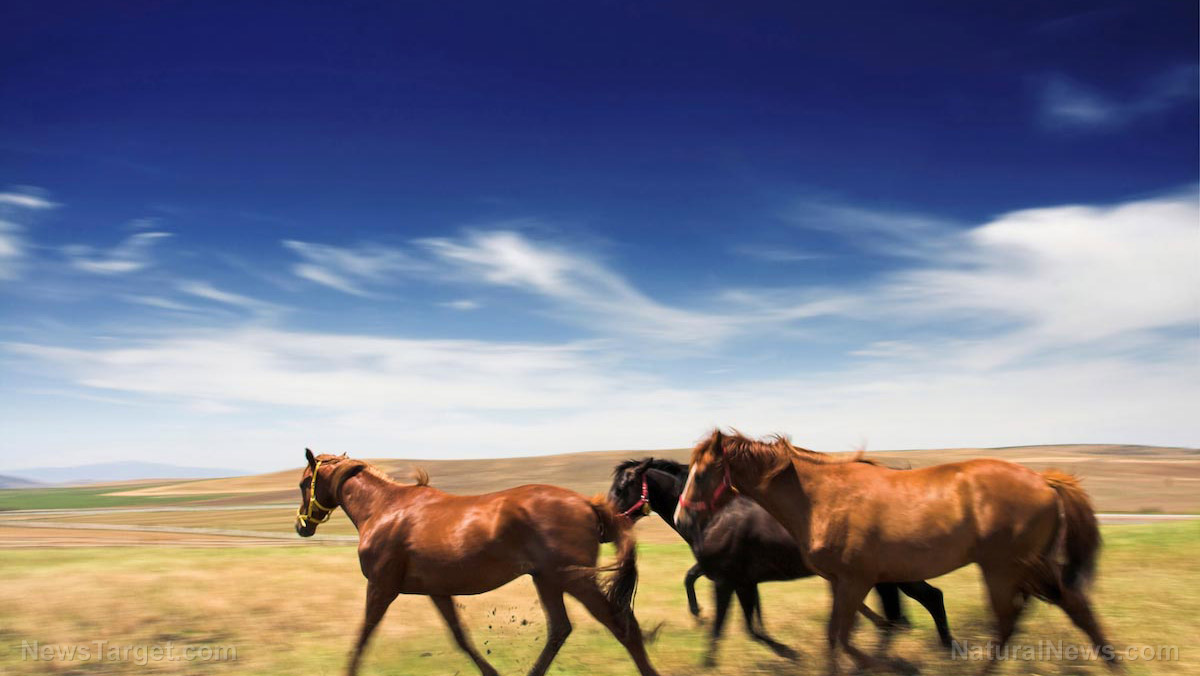
A gigantic collision in the asteroid belt between Mars and Jupiter 466 million years ago plunged the Earth into a prehistoric ice age that ushered in a significant increase in marine biodiversity, scientists have revealed.
This event, according to an international team of scientists and experts, occurred during the Ordovician Period, a geologic point in time during which the area north of the tropics was almost entirely ocean, and most of the world's land was collected into the southern supercontinent Gondwana.
As described in the academic journal Science Advances, the cosmic collision, which involved a 93-mile-wide asteroid, produced a colossal amount of space dust which then triggered an ice age on Earth.
"Normally, Earth gains about 40,000 tons of extraterrestrial material every year," Philipp Heck, an associate professor at the University of Chicago, and one of the paper's authors said, adding that the collision multiplied that amount by a factor of 10,000.
This exponential increase in space dust caused changes in the Earth’s climate over the course of two million years, which then contributed to an ice age, said Birger Schmitz of Sweden's Lund University and the study's lead author.
The researchers arrived at this conclusion after studying space dust in 466-million-year-old rocks, which they compared to tiny micrometeorites from Antarctica.
According to Heck, instead of the mass extinctions normally associated with ice ages, the one brought about by the onslaught of space dust during that period actually caused the explosion of new species – an effect of creatures adapting to the changes in the prehistoric Earth’s climate.
Heck noted, however, that this is mainly because the shift in the Earth’s climate was gradual and not sudden.
"In the global cooling we studied, we're talking about timescales of millions of years. It's very different from the climate change caused by the meteorite 65 million years ago that killed the dinosaurs," Heck stated. (Related: Recently discovered 2.5-billion-year-old fossils may contain cyanobacteria that transformed Earth’s atmosphere with oxygen.)
According to the research team, the animals that experienced diversification during the Ordovician Ice Age included creatures such as the horseshoe crab-like trilobites, mollusks such as clams, snails and slugs, and brachiopods.
The period also marked the appearance of the first vertebrates: prehistoric fish known as Agnathans that had large bony shields on their heads, small, rod-shaped, or plate-like scales covering their tails, and slit-like, jawless mouths.
The Ordovician Period: An era of ice and fire
Aside from the ice age triggered by the torrent of space dust, the Ordovician Period was also marked by frequent and violent geologic upheavals, the latter of which is thought to have eventually led to the first known mass extinction on the planet: the Late Ordovician Mass Extinction (LOME).
According to a separate study conducted by researchers David Bond and Stephen Grasby, this extinction, which wiped out 85 percent of the Earth’s entire plant and animal population at that time, was caused by an unprecedented increase in volcanic activity.
As described in their study, which was published in the academic journal Geology, these widespread volcanic eruptions unleashed enough lava, mercury and carbon dioxide that the planet actually went into a state of global warming.
Not only that, but the onslaught of volcanic activity triggered two pulses of extinctions, with each one separated from the other by approximately one million years.
Both scientists note, however, that for their hypothesis to work, they must first pinpoint the exact location of the volcanic region that dates back to that time some 445 million years ago.
For more studies and stories on prehistoric discoveries and other similar findings, visit Discoveries.news.
Sources include:
Please contact us for more information.





















